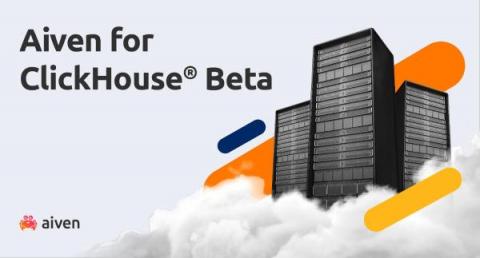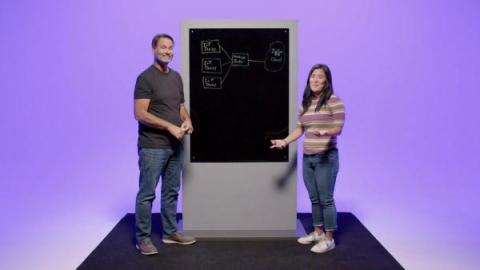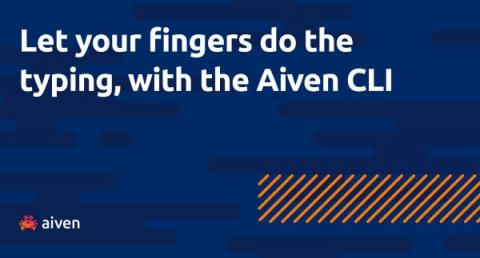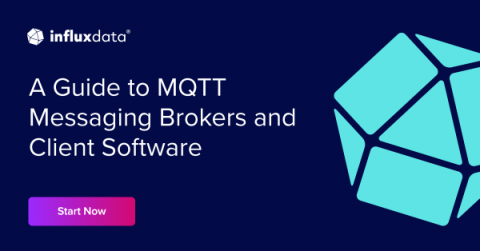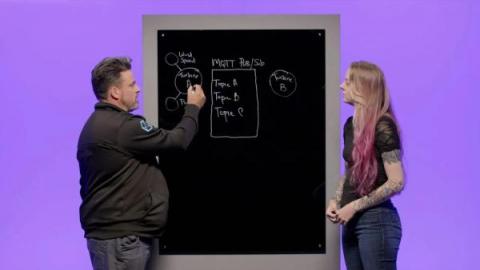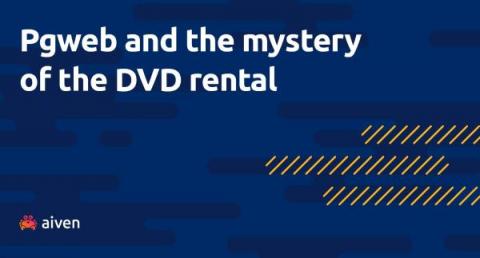Operations | Monitoring | ITSM | DevOps | Cloud
Analytics
Making the Most of MQTT - Native Collector or Telegraf?
When it comes to IoT data, MQTT is a superstar. With so many IoT devices generating data out in the world, developers need ways to access it. After all, data lies at the heart of every application. But data doesn’t just magically manifest itself into your datastore, and building the right data pipeline can make or break an application. Data collection is not a one-size-fits-all problem to solve.
Get things done with the Aiven CLI
Cloud purchasing strategy KPIs: RIs, SPs, Spot, CUDs
One of the key advantages of cloud services versus on premise deployments is the wide range of purchasing options and pricing models. While it’s an attractive advantage, it can be complicated for organizations to determine the best blend of service pricing models. The ability to define the organization’s blend of purchasing strategies and display the target versus actual performance is critical for optimizing cloud cost management efforts.
Accurately Forecasting Cloud Costs for FinOps
Companies are investing heavily in the cloud for the operational and financial benefits. But without a robust cloud cost management strategy in place, the complexity of cloud services and billing can to overspending and unnecessary cloud waste. Being able to accurately predict future cloud spend is one way to more optimize cloud spend and inform budgets.
A Guide to MQTT Messaging Brokers and Client Software
MQTT is a machine-to-machine communication protocol. Devices publish messages to a broker under specific topics, and other devices subscribe to those topics to receive information. It’s popular because it doesn’t take up a lot of bandwidth, so IoT devices with limited network connectivity can use it. MQTT works because of brokers. Each device sending and receiving data can communicate with potentially millions of other devices while only connecting to one broker.
Five worthy reads: Your data costs you more than you know
Five worthy reads is a regular column on five noteworthy items we’ve discovered while researching trending and timeless topics. This week we’re exploring the ‘hidden’ environmental impact of our data-driven world.
TL;DR InfluxDB, the IoT Stack, and MQTT
The Internet of Things (IoT) describes devices with sensors and computational ability which let them collect, exchange, and act on data. IoT is a broad category that includes uses from smart home thermostats to industrial manufacturing equipment. Sensor data is time series data, and IoT is a common use case for InfluxDB because it can handle the huge amounts of data IoT sensors create.
FinOps: Measuring Cloud Waste
Cloud spend — which research shows makes up 51% of IT budgets — is a prime candidate for company cost savings initiatives with the potential to make a huge difference in gross margins. It’s also an area that has grown dramatically in the last few years due to digital transformation and a rise in cloud demand during the pandemic.


